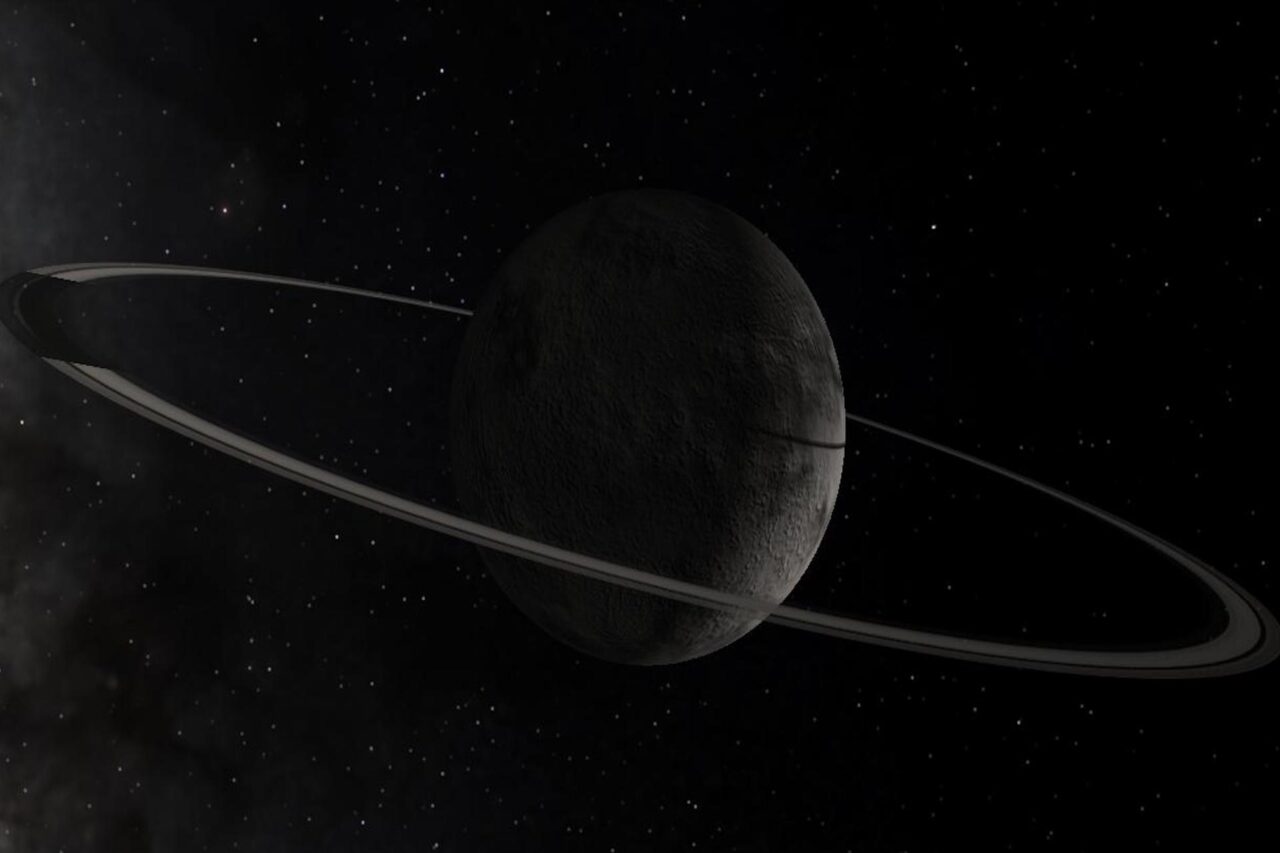A team of Brazilian astronomers has potentially uncovered a new ring system around Chiron, a small icy body located in the outer solar system. This significant discovery marks a rare opportunity for scientists to observe the formation of celestial rings in real time. Their findings, published in The Astrophysical Journal Letters, suggest that Chiron is transitioning from a cloud of debris into a structured ring system.
The researchers first observed initial evidence of three rings forming around Chiron, located at distances of approximately 170 miles (273 kilometers), 202 miles (325 kilometers), and 272 miles (438 kilometers) from the centaur. They also identified a fourth, more distant ring, located about 870 miles (1,400 kilometers) away. The study’s lead author, Chrystian Luciano Pereira, a postdoctoral researcher at the National Observatory (ON/MCTI), emphasized the importance of these findings in understanding the dynamics of celestial bodies.
The Mystery of Chiron
Discovered in 1977, Chiron was the first object identified between Saturn and Uranus that was neither a planet nor a moon. This discovery led to the classification of Chiron as a centaur, a new type of celestial object. For years, astronomers have speculated about the possibility of a ring system around Chiron. Observations made as Chiron passed in front of a distant star revealed an unusual pattern: the star’s light dimmed multiple times, suggesting the presence of a ring system or possibly a cometary tail.
Using the Pico dos Dias Observatory, the research team made these observations in September 2023. The repeated dips in the star’s light were compared with data from previous years, specifically 2011, 2018, and 2022. This analysis indicated that Chiron’s ring system may be evolving, as hints of the three main rings had been observed earlier, while the fourth ring is relatively new and necessitates further investigation to confirm its status.
The Implications of a New Ring System
Rings around celestial bodies are typically formed from debris that a planet’s gravitational field captures. While Saturn is renowned for its intricate ring system, other gas giants like Jupiter, Neptune, and Uranus also possess rings. Additionally, only a few small celestial bodies, including the centaur Chariklo and dwarf planets Haumea and Quaoar, are known to have rings.
The newly observed rings around Chiron exist beyond the Roche limit, a critical distance where gravitational forces can either lead to the disintegration of a smaller body or allow material to come together to form a moon. The study’s authors hope that continued observations of Chiron as it transits in front of distant stars will yield more information about the nature of the material surrounding this intriguing centaur.
If Chiron is indeed forming a ring system, it would provide scientists with a unique opportunity to gain insights into the processes that led to the formation of the extensive rings of Saturn and other planetary bodies over time. As astronomers continue to monitor this small world, the implications of their findings could significantly enhance our understanding of ring formation in the solar system.
